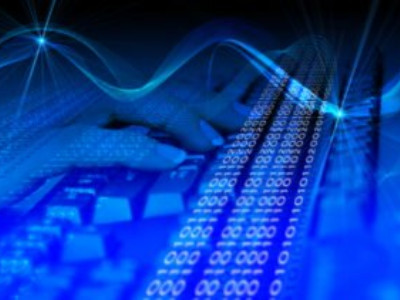Tissue Forces Help Shape Developing Organs
A new study looks at the physical forces that help shape developing organs. Scientists in the past believed that the fast-acting biochemistry of genes and proteins is responsible for directing this choreography. But new research from the College of Arts…


 Six students from the College of Engineering and Computer Science (ECS) saw this as a problem they could help solve. Their project started when Emily Fuchs ’20, Victoria Bialczak ’20, Owen Clyne ’21, Aleksander Dzodic ’21, Seth Reed ’21 and Kathryn Lindgren ’21 joined a student design challenge put out by Johns Hopkins University. The goal was to find innovative solutions to the COVID-19 pandemic.
Six students from the College of Engineering and Computer Science (ECS) saw this as a problem they could help solve. Their project started when Emily Fuchs ’20, Victoria Bialczak ’20, Owen Clyne ’21, Aleksander Dzodic ’21, Seth Reed ’21 and Kathryn Lindgren ’21 joined a student design challenge put out by Johns Hopkins University. The goal was to find innovative solutions to the COVID-19 pandemic.